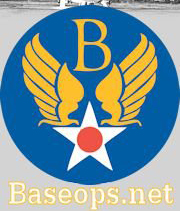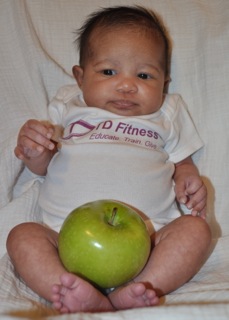As competitors, it’s normal to get fixated on the finish line of a race. After weeks of brutal pavement pounding, the last thought in a runner’s mind is what to do once this test of endurance is over. However, it still doesn’t hurt to know some recovery tips for the calorie burning mayhem the body encounters during a marathon.
After finishing the 26.2 miles, or even a half-marathon’s 13.1 miles, your physiology can be in a pretty bad state. Luckily, a good post-race plan can yield many benefits such as decreased time needed for rest, proper healing from any injuries, improved endurance, decreased fatigue and normal sleeping patterns to follow. Unwanted side effects like insomnia or swollen joints and muscles can make it hard to bounce back to training for future events.
Upon Crossing The Finish Line
Once you have completed your journey and thrown your hands up in celebration, here are a few good checks to perform:
- Take care of any injuries and seek first aid supplies if needed
- Re-hydrate with fluid and electrolytes
- Stretch all muscles thoroughly as part of your cool down
- Eat a recovery snack within the first few minutes after the race
Some of these should be obvious, but in that exciting and triumphal finish they often get dismissed as insignificant. Being proactive during these first moments can dramatically reduce the time needed to rest in the days to follow. Research shows that those who stretch immediately after exercise experience less soreness and quicker recovery up to 3 days afterward compared to those who don’t. Replacing fluids is also critical due to the increased risk of dehydration.
Lastly, when refueling after your run, sooner is better than later. Eating within 30 minutes after exercise will jump start muscle recovery. The perfect post-race meal will have a fair amount of carbohydrates, protein and optionally, some anti-oxidants. Some examples are Greek yogurt with blueberries, a protein bar with some fruit or milk and cereal. Due to the damaging effect of prolonged exercise on muscles, antioxidants like those found in fruits and vegetables can also help rebuild lean body tissue.
Hours After Finishing
As tempting as it is to celebrate your achievement with a drink or two, drinking during that first night can significantly alter repair processes that take place after exercise. Alcohol can drop blood sugar, preventing adequate muscle recovery or causing inflammation of unfelt injuries. This sometimes leads to increased pain and swelling that isn’t noticed until the following days.
If you’re going to splurge, have a nice big filling meal. Every mile run equates to about 100 calories expended (roughly 2600 calories for a marathon length). So celebrate with abundant food and ditch the alcohol for a day. Your body will feel much better and you’ll enjoy smoother days of recovery ahead.
Days Afterward
Several days after a marathon, you may still have soreness. Your fitness level, intensity of the run, and past experience usually determine the length and intensity of soreness. Even when soreness isn’t noticeable however, it is still important to consume adequate amounts of protein and complex carbohydrates to assist with underlying recovery that is likely taking place. This will help your body continually repair muscles to a stronger state during those 3-5 days afterward, leaving them better prepared for the next endurance event. Be aware of any cravings for certain types of foods, as this often guides us to needed nutrients.
For more advanced relief from pain and soreness, try daily stretching when muscles are in a warm state. Stretching when muscles are cool may provide temporary relief, but does little in the long run. You might also try a massage or foam rolling as both have been shown to relieve discomfort and help with repair.
Completing a marathon is an amazing physical feat that can take quite a toll on the body. This is true whether you’re a beginner or a frequent competitor. Protecting the body from unnecessary stress isn’t difficult. Using these proactive steps will help you build your endurance with each race and be a better athlete for many future runs to come.
 Motivation Through Adversity
Motivation Through Adversity